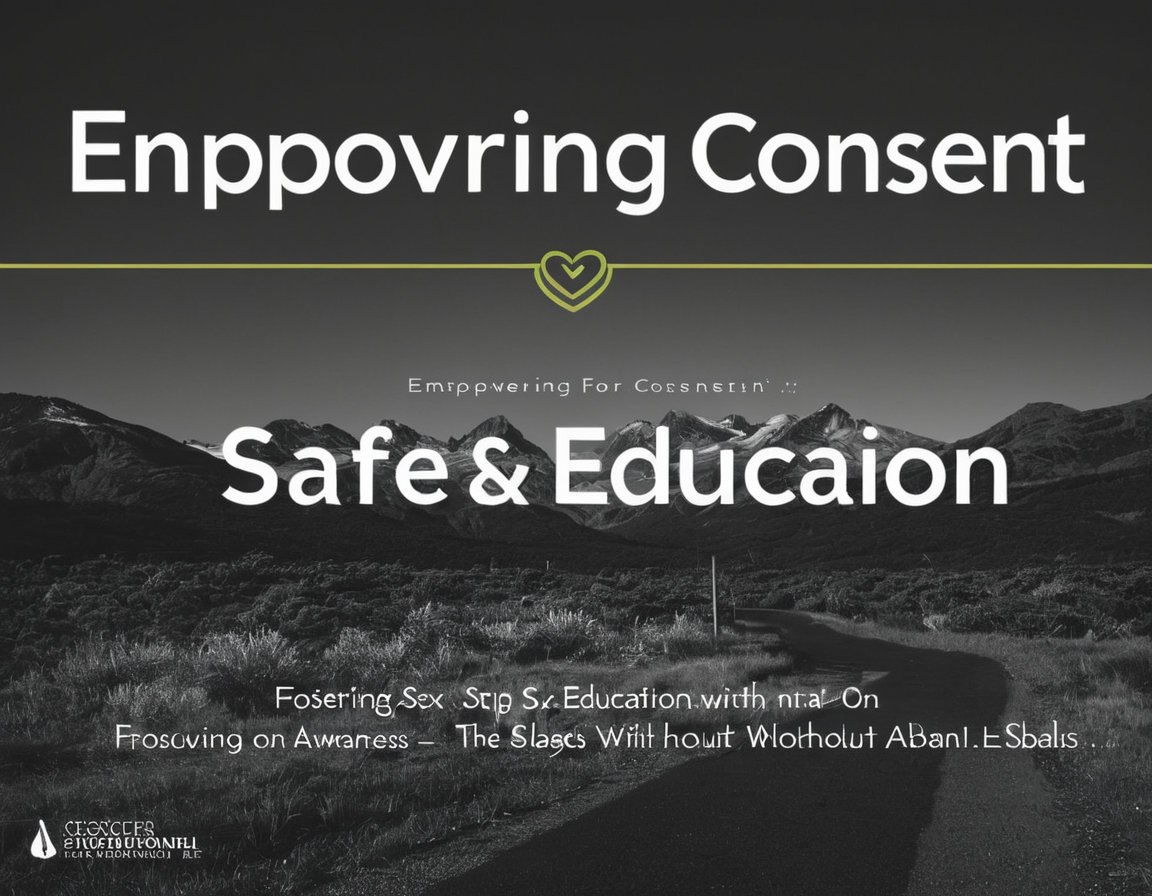: Empowering Consent: Fostering Safe Sex Education & Awareness

Introduction:
Sex education is a vital aspect of human life that should be given due importance from an early age, as it prepares individuals for responsible and healthy adult relationships. However, it’s crucial to recognize that the goal of sex education extends beyond equipping people with accurate information about their bodies and sexual health; it also involves promoting consent and fostering a safe environment in which individuals can thrive. This blog post will discuss empowering consent through effective sex education and raising awareness on the topic.
Chapter 1: Understanding Consent
Consent is more than just saying “yes” or “no.” It’s about recognizing boundaries, respecting individual autonomy, and communicating effectively. In the context of sex education, it’s essential to teach students that consent should be a mutual agreement between all parties involved in any sexual activity, without coercion, manipulation, or force. By emphasizing this crucial concept from an early age, we can empower our youth with the tools they need to navigate complex social situations and foster respectful relationships throughout their lives.
Chapter 2: Age-Appropriate Sex Education
Sex education should be tailored according to the age and maturity level of the students receiving it. While younger children may only require basic, factual information about human biology and puberty, older adolescents can benefit from more in-depth discussions on topics such as consent, sexual identity, and relationships. These conversations should be conducted in an open and honest manner to ensure that students feel comfortable discussing these subjects with their educators or guardians.
Chapter 3: Inclusive Sex Education
Sex education must be inclusive of all genders, gender identities, sexual orientations, and relationship styles. By creating a safe space for discussion and learning, we can foster empathy and understanding between individuals from diverse backgrounds. This approach will help students recognize the importance of consent in various contexts and learn to communicate their desires effectively.
Chapter 4: Online Safety & Digital Consent
In today’s digital age, it’s essential to address online safety and digital consent as part of sex education. Young people should be taught about the potential risks associated with sharing explicit or engaging in intimate conversations over electronic devices. Furthermore, they need to understand that consent extends beyond physical interactions; online activities must also involve mutual agreement and respect for boundaries.
Chapter 5: Promoting Awareness & Empowerment
To encourage safe sex education and raise awareness about the importance of empowering consent, educators, parents, and communities should work together in promoting open conversations on these topics. This collaboration can take various forms, such as inviting guest speakers or hosting workshops focused on sexual health and well-being. Additionally, using resources like social media, online forums, and educational materials (books, videos) can help disseminate crucial information to a wide audience.
Conclusion:
Empowering consent through effective sex education is an essential step towards promoting safe and healthy relationships. By fostering awareness around this topic and tailoring our approach according to the age and maturity level of our students or children, we can create a society where respect for personal boundaries and mutual agreement form the foundation of all sexual interactions. Together, let’s work toward empowering consent and building a safer, more understanding world for everyone.
SEO Keywords: sex education, safe sex education, consent, age-appropriate sex education, inclusive sex education, online safety, digital consent

